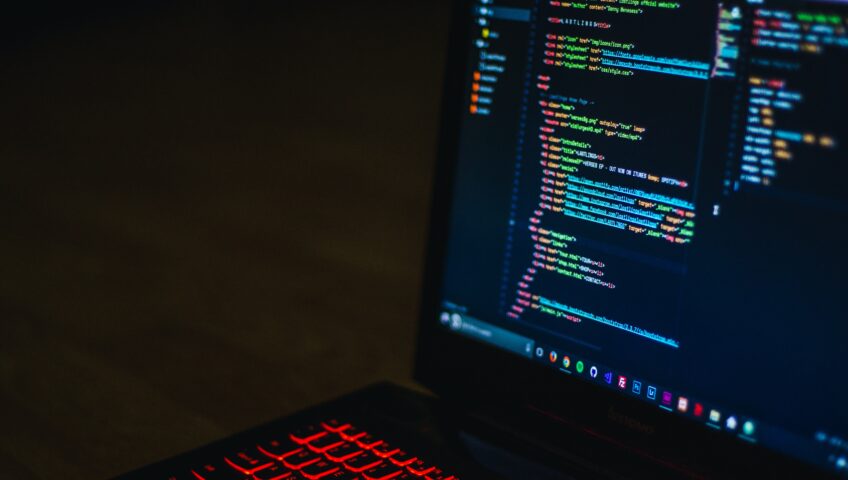Given the vast usage of digital technologies, it is no secret that we live in the "Information Age", sometimes referred to as the "Digital Age". From consuming hours each day on social media to utilizing artificial intelligence (AI) at work to perform our duties.
As the ongoing evolution of digital technologies continues, some traditional industries have been progressively dying, while others have been able to adopt and thrive with the changes. When new technologies evolve, new dialogues on emerging technologies also give rise to open topics to debate both their advantages and disadvantages. Blue Eyes technology is one of the latest merging technologies that has been causing discussions throughout a vast range of industries due to its perceptual and sensory abilities, like those of human beings. The three main elements that give Blue Eyes Technology human beings ability are a computer, software, and a camera. Blue Eyes Technology’s program has an algorithm design that analyzes the computational pictures the camera takes of the user's eye movements to ascertain the user's intention. This allows Blue Eyes Technology to detect our human emotions, identify us, and even have one-on-one interactions like human beings. Blue Eyes Technology has a wide range of programs that can currently be available to boost productivity in many industries, including biometrics, education, and healthcare, to increase efficiency by minimizing the work of humans while implementing speed, convenience, and accuracy. However, a disadvantage of Blue Eyes Technology is the high cost of the maintenance and repairs, which, if not done correctly, can negatively impact the accuracy of the program. Additionally, if the programs are not maintained regularly, this can also compromise the security of the stored data. Furthermore, statistics indicate that a significant number of workers are apprehensive and think that Blue Eyes Technology would supplant people in the job; however, computers are only as good as their programming allows. Therefore, employers must decide if Blue Eyes Technology will be cost-efficient and beneficial for their specific industries.




